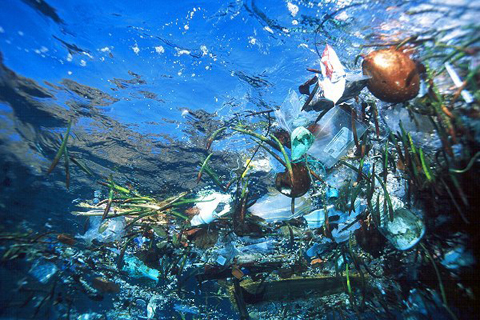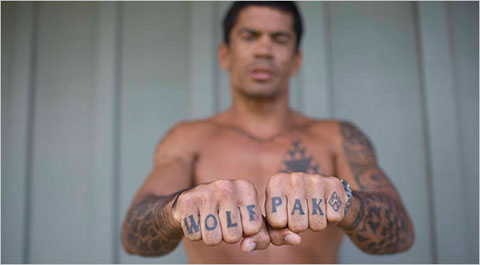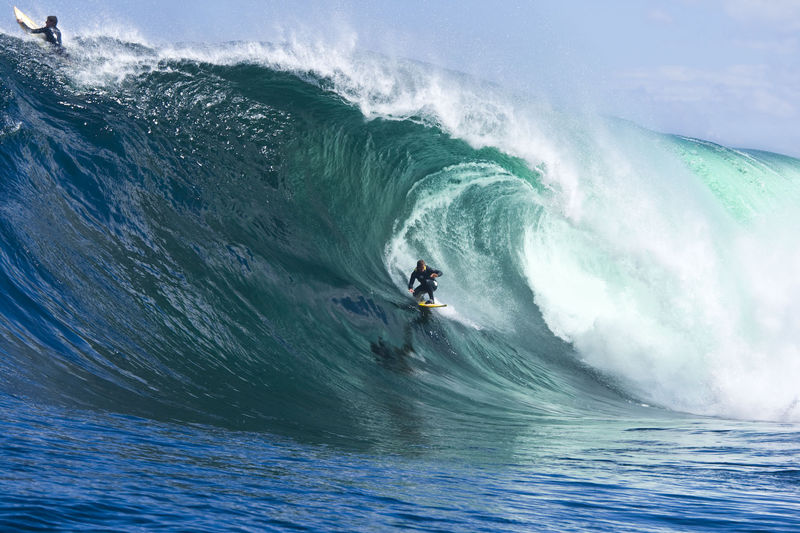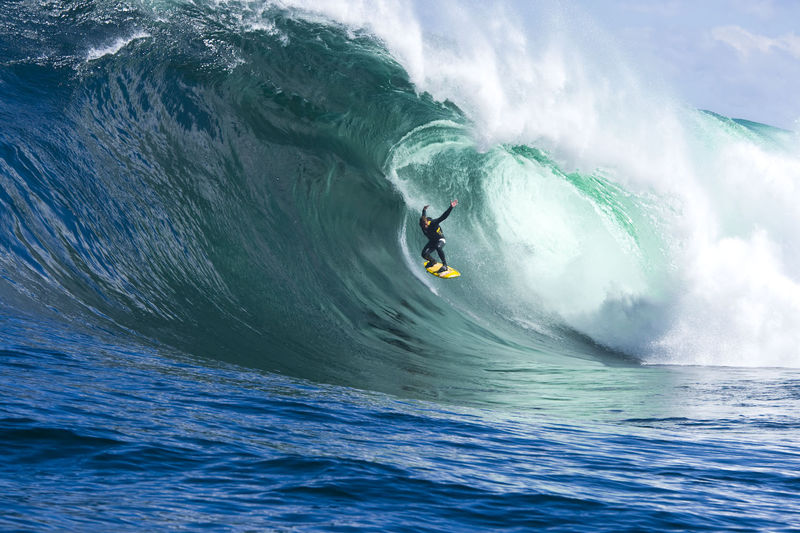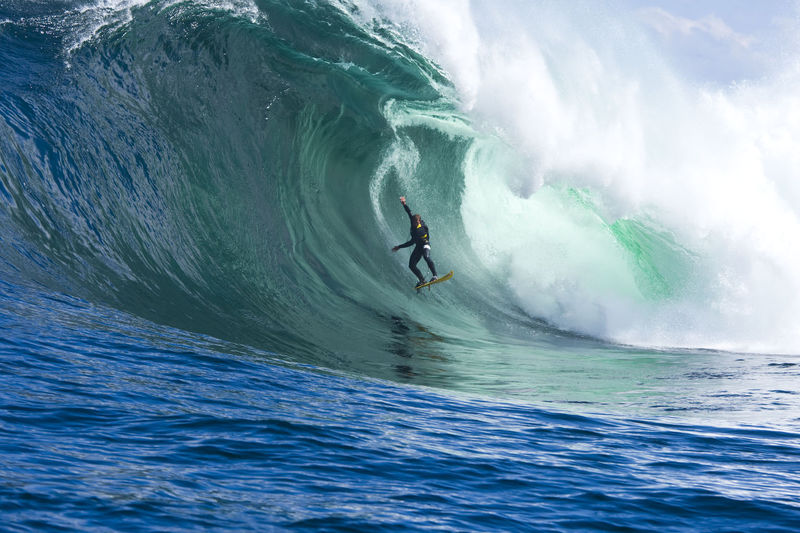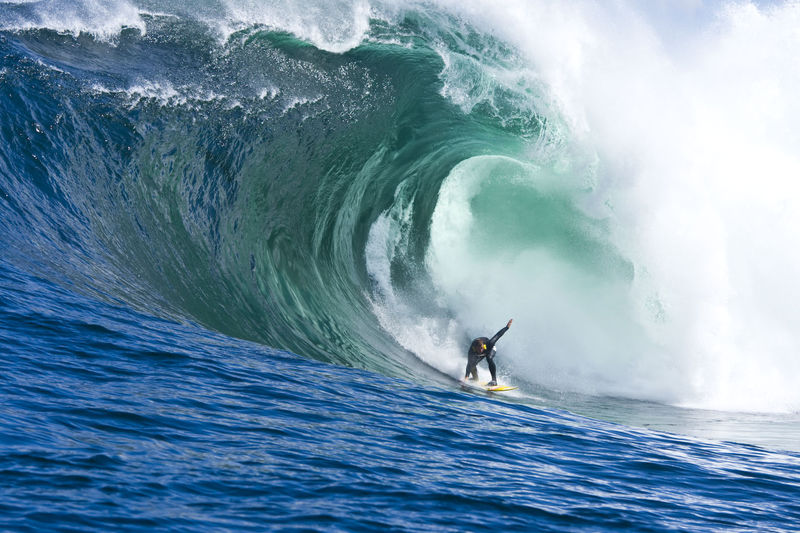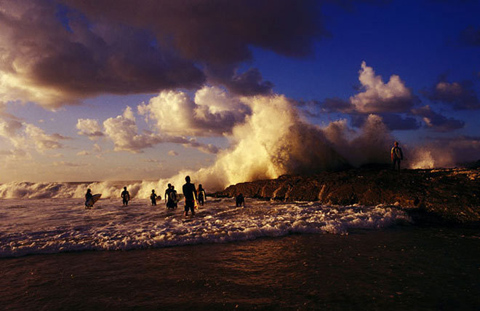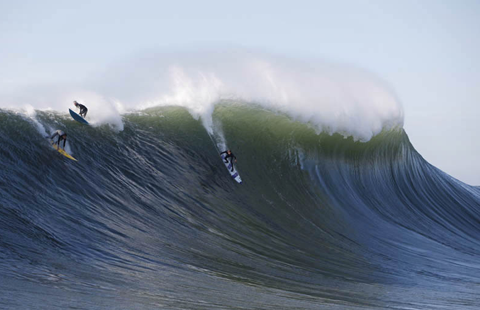Jan 28 2009
Plastic is Killing the Oceans – More Plastic Than Plankton in the Pacific
A mass of plastic in the Pacific, increasing tenfold each decade since 1945, is now the size of Texas and killing everything in its wake. Currently, there is six times more plastic than plankton floating in the middle of the Pacific. (Link to Article) The plastic is poisoning our fish and sealife and killing the Oceans. The plastic passes along toxins to humans through fish we eat.
– Each day, North Americans throw away more than 385,000 cellphones and 143,000 computers— electronic waste is now the fastest-growing stream of garbage. Lead and mercury are seeping from this waste into ground water. Some of the e-waste, however, is winding up in the sea.
– Each hour, North Americans consume and discard about 2.75 million plastic water and soda bottles; that’s 24 billion a year.
– Globally, 100 million tonnes of plastic are generated each year and at least 10 per cent of that is finding its way into the sea.
– Worldwide, each year 113 billion kilograms of small plastic pellets called nurdles–the feedstock for all disposable plastics– are shipped and billions are spilled during transfer in and out of railroad cars. Those spilled nurdles are ending up in gutters and drains and eventually carried into the ocean. Nurdles resemble fish eggs or roe. Tuna and salmon feed on them indiscriminately. Around 2.5 billion humans eat fish regularly. Plastic and other man-made toxins are polluting the global food chain and it’s rising at an unprecedented rate.
– Each year, a million sea birds and 100,000 sharks, turtles, dolphins and whales die from eating plastic.
Oceanographers and conservation biologists believe the only way to contend with the Great Pacific Garbage Patch is to slow the amount of plastic flowing from the land to the sea.
Buy six organic cotton shopping bags. Use them instead of supermarket plastic bags. Make it a habit to return those bags to the trunk of your car after unpacking groceries.
Reuse your plastic water bottles. If you can refill one bottle for a day then why not attempt it for a week.
See Other Amazing Posts:
The Most Amazing Photos You’ll Ever See of Waves
Diver Fights and Kills 12 ft. Tiger Shark (Photos)
